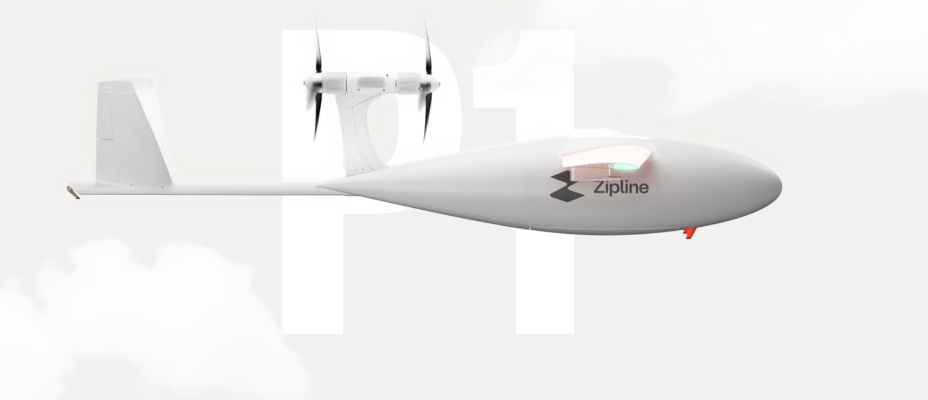Dating all the way back 1917, engineers have made miniature self-flying planes called drone.s They played a major role in the First World War, assessing dangerous situations that humans would otherwise struggle to encounter themselves. Drones still help humans to this day, in similarly innovative ways. Zipline, a fledgling drone delivery service company, is a perfect example of creating different purposes for innovative inventions like the drone.
Started in 2014 by Keller Rinaudo, Keenan Wyrobeck, and William Heltzer, Zipline has maintained its ultimate goal of speeding up delivery for critical items like blood and medical supplies through on-demand deliveries using its drones. In 2016, the company made its first drone delivery operation in Rwanda. Every 70 seconds marks a delivery made by the Zipline company, which has already made at least 850,000 deliveries. The drones have flown autonomously over 60 million miles while delivering over 8 million products. With the help of drones, the company’s main focus is to build the world’s first logistics system that serves all people equally.
They are ultimately planning to change access to healthcare, consumer products, and food. In countries like Rwanda, they are creating newer and easier ways to power the country’s national blood delivery network, and in Ghana, facilitating the distribution of Covid-19 vaccines, while also providing on-demand delivery for online customers. This has created a whole new way of efficient and personalized delivery while also allowing equitable access to the company. Crucially, the drones themselves are pretty reliable, as they are made to deliver in rain, wind, thunderstorms,extreme cold, and mostly all weather conditions that would stop other ways of transportation.
Zipline runs by using two different models of the drone based on the type of delivery. The first platform is focused on enterprises, businesses, and government. The delivery system itself carries up to about 4 pounds while capable of ranges up to 120 miles and speeds of 60 miles per hour. The packages are pretty big considering that the packages could take up two parking spaces. The deliveries are made by a parachute, flown by the drones and packaged by Zipline staff, from about 60-80 feet above ground level. The second platform has the same concept, but a completely different organization tactic. Their platform focuses on home delivery. The items are carried in a droid, flown by the drones, that delivers the packages, varying around 6-8 pounds, at about 300 feet above ground level. These deliveries are quite small since they only take up about the size of the front steps of a home.
With the design of the system, the company can decarbonize delivery, decrease road congestion, and reduce fossil fuel consumption along with air pollution. Zipline’s system offers 97% fewer emissions per delivery than that of a gas-powered vehicle. This is beneficial for the environment, since the more emissions put out into the atmosphere, the more of the sun’s heat gets trapped. This leads to worsened climate change and global warming. Additionally, drone delivery is beneficial because packages can never get stuck in traffic, making it much faster, convenient, and efficient than other delivery companies like FedEx, UPS, or even Amazon Prime!
The fast deliveries have already shown a 67% reduction in blood wastage in Rwanda, vaccine stockouts are 60% shorter at Zipline facilities, and a 51% decrease in-hospital maternal deaths due to postpartum hemorrhage throughout Rwanda. Zipline has already proven its credibility and potential, funded by the Bill and Melinda Gates Foundation and partnering with companies like Walmart, Pfizer, Toyota Tsusho, Sweetgreen, NGOs, and many more large health systems and national governments around the world. By using its system, we can help Zipline have a great chance in being the future of deliveries and better the environment.



